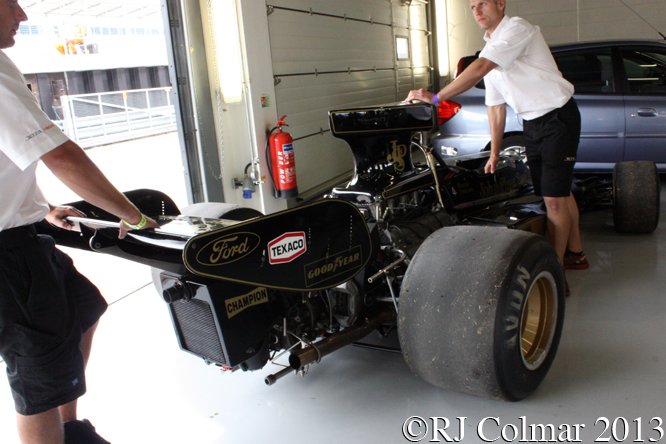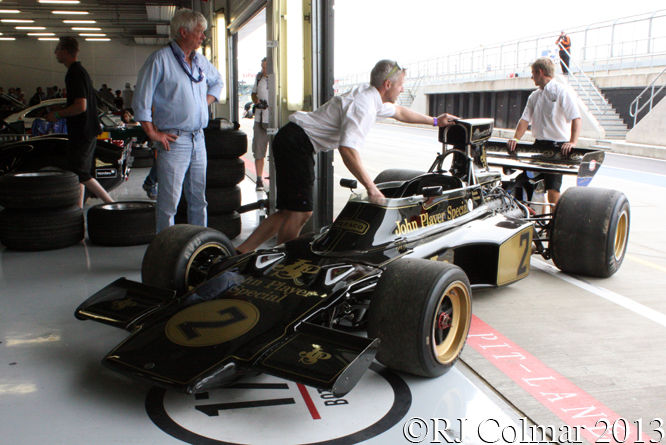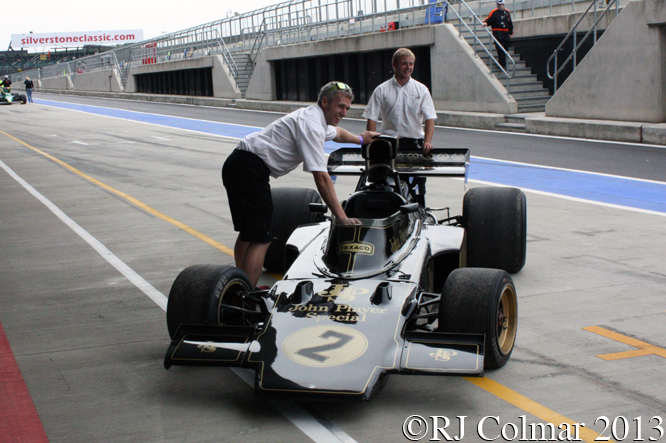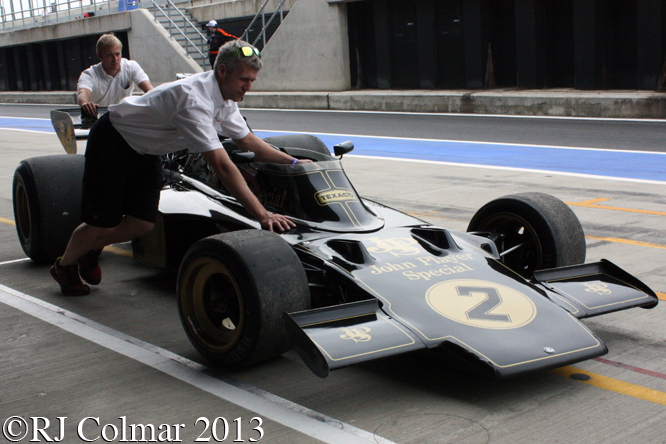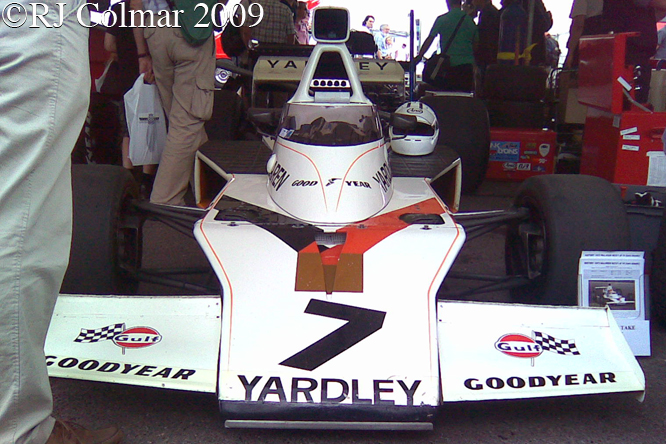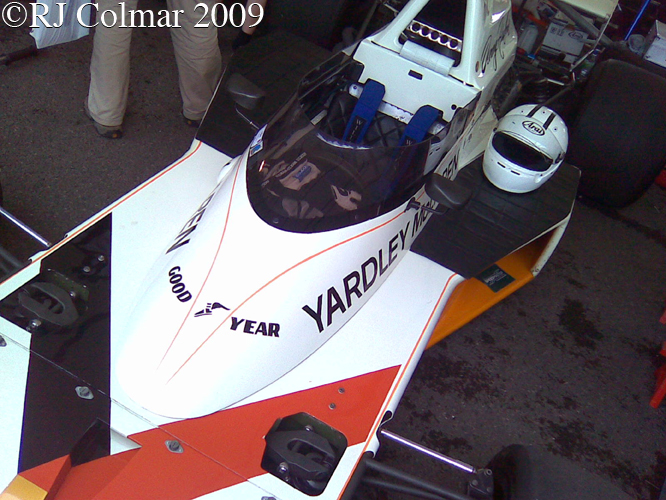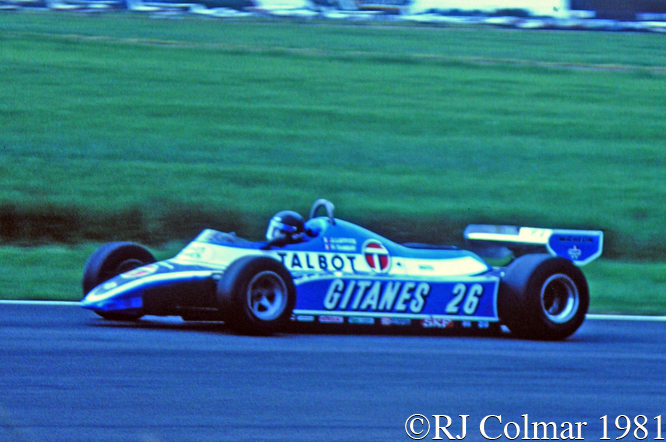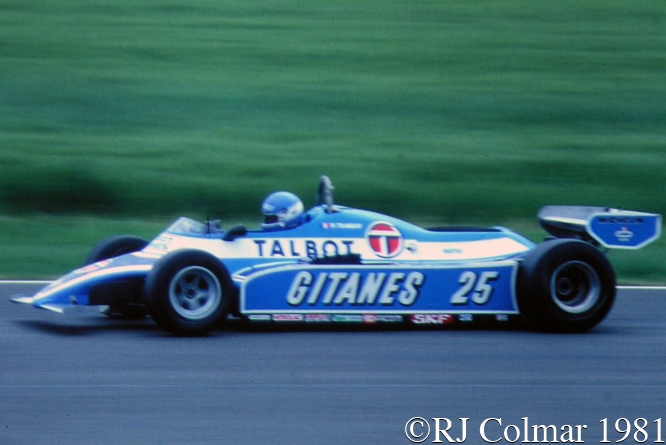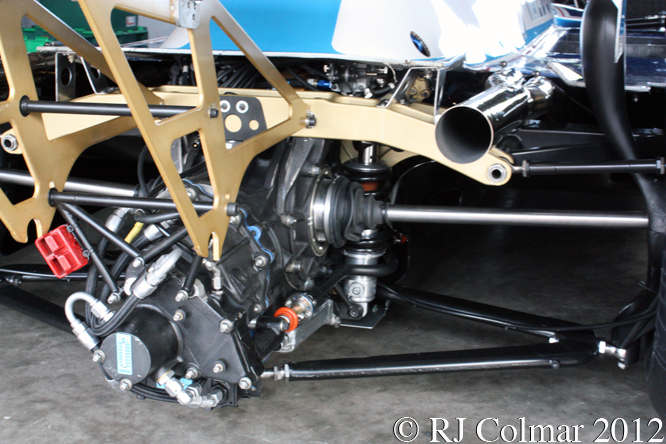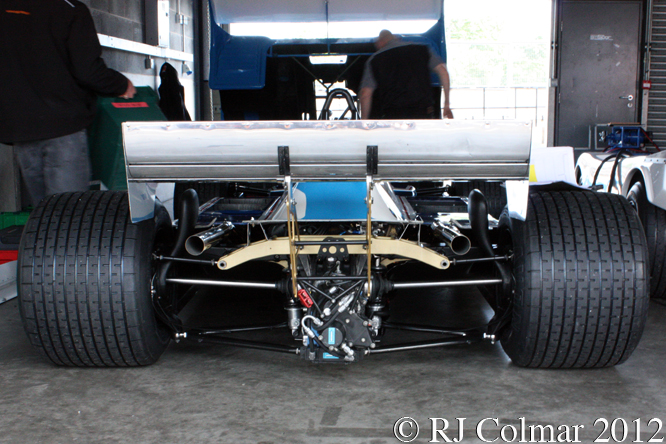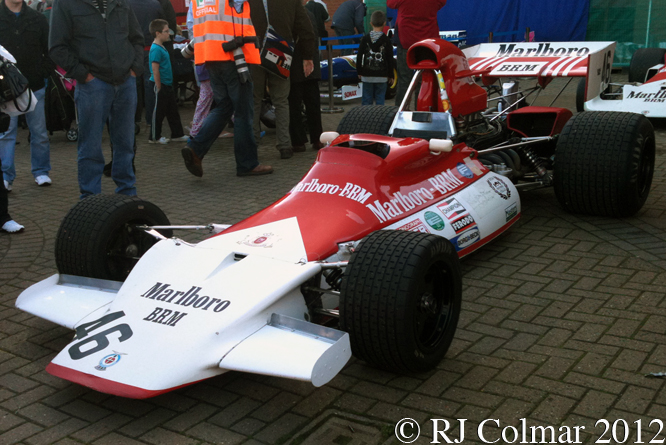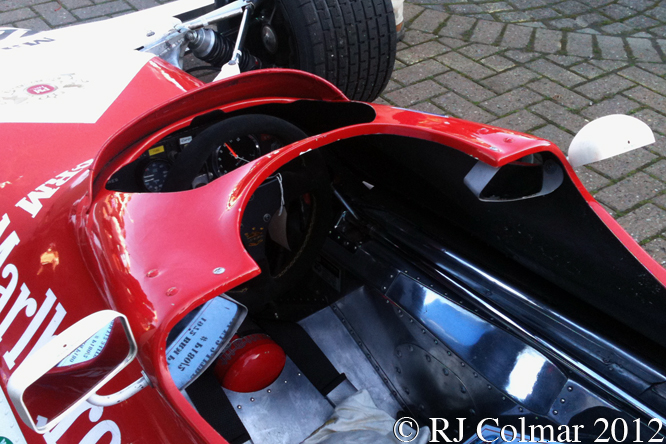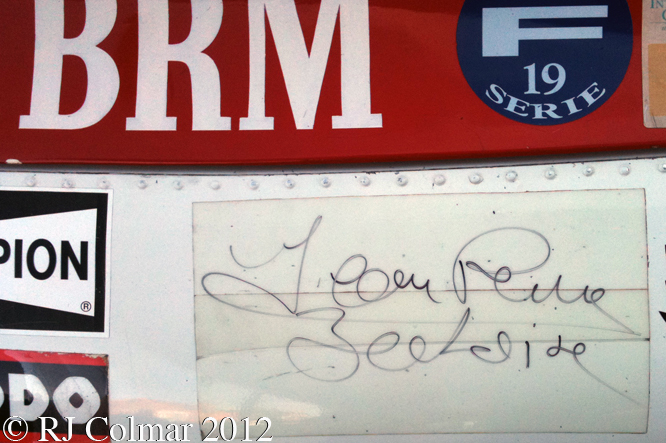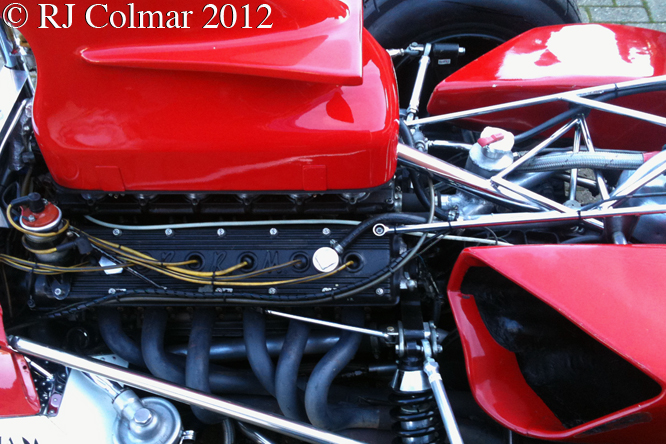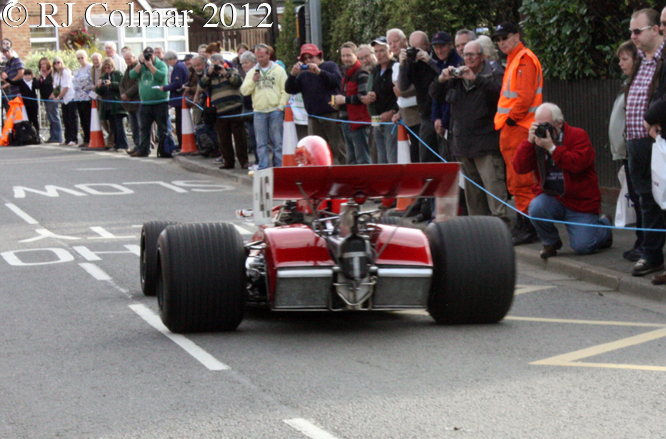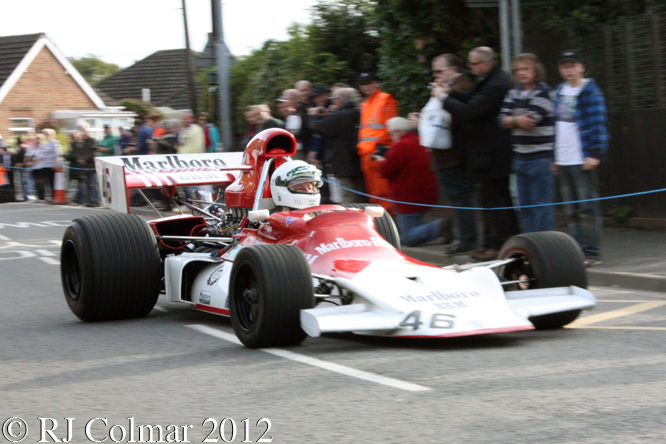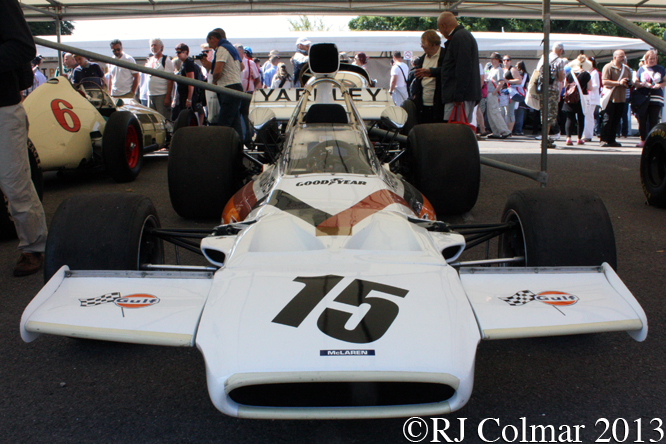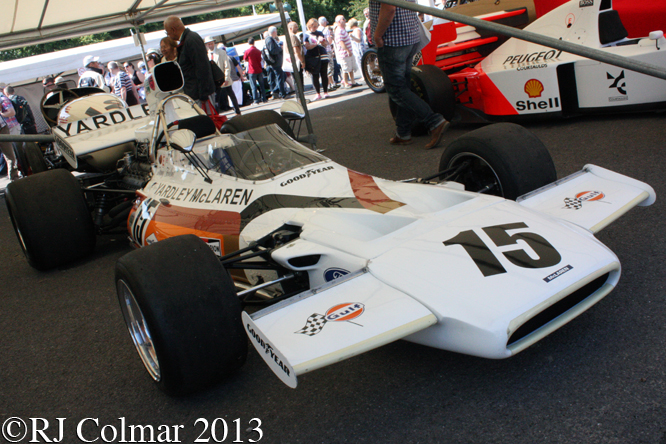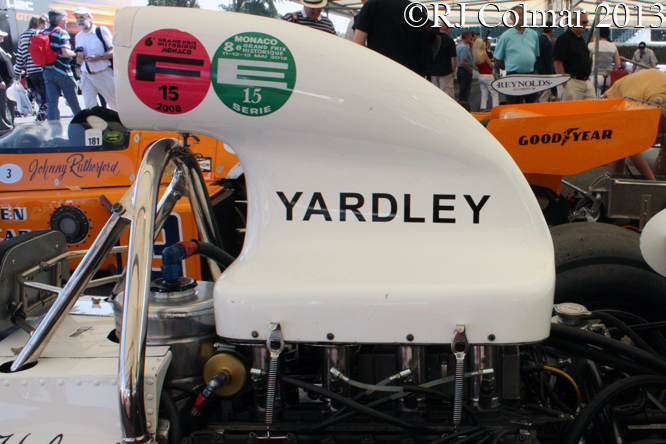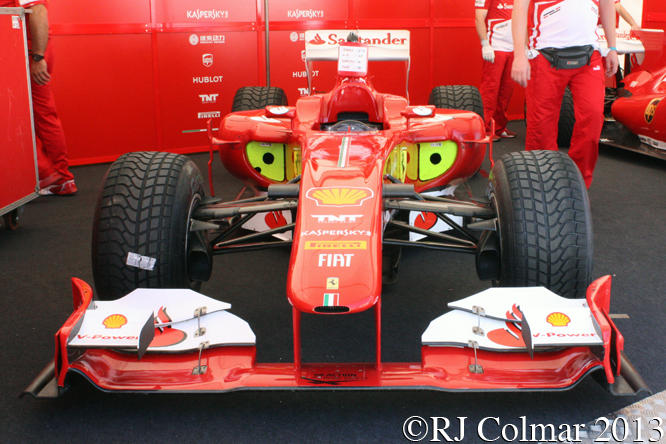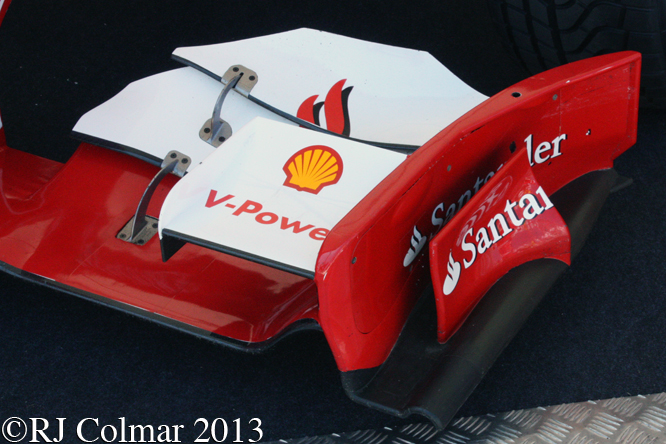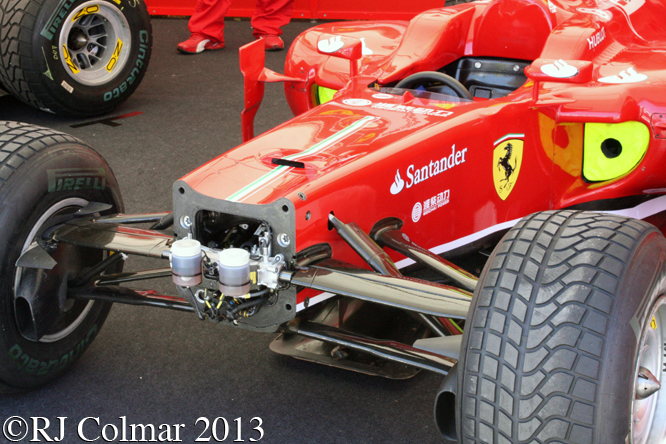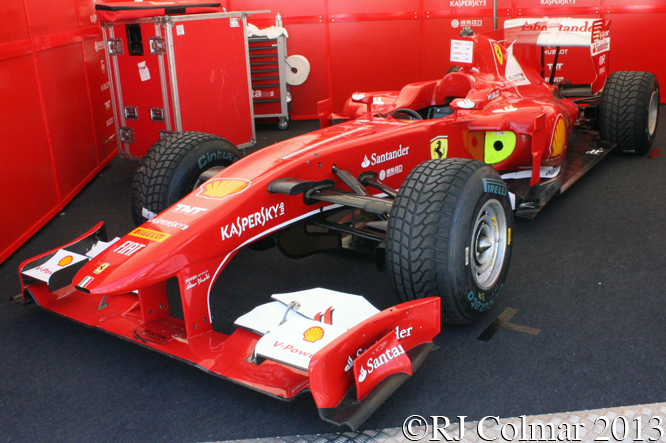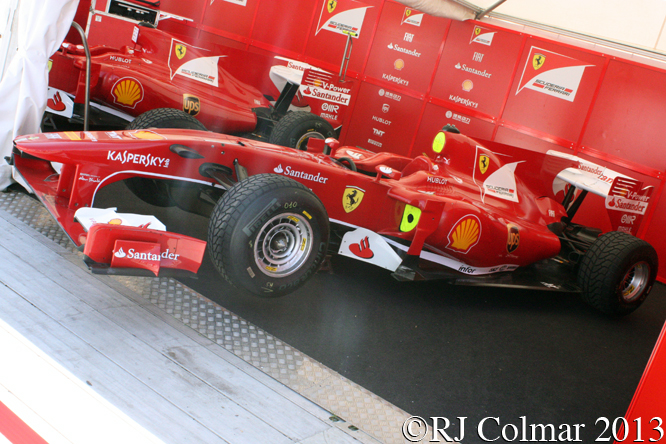This weeks Ferrari Friday will be the last GALPOT blog this year to feature Automobilia items currently on offer from my lightpress e-bay listings. All three of today’s items feature Ferrari Formula One cars designed by Mauro ‘Fury’ Forghieri.
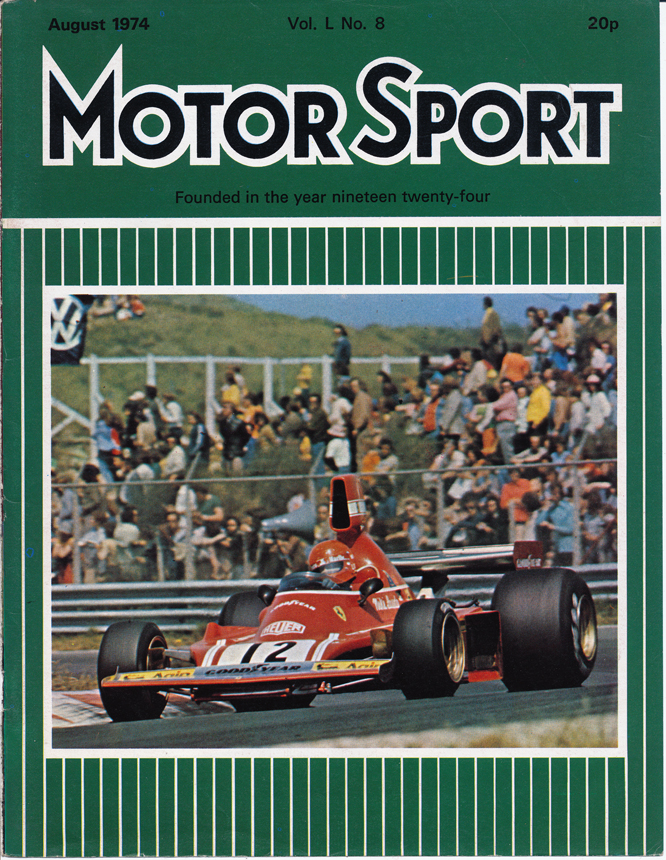
From August 1974 this MotorSport Magazine front cover depicts Niki Lauda streaking away driving his Ferrari 312 B3 to his second Grand Prix victory of the 1974 in the Dutch Grand Prix in which he again finished ahead of his team mate Clay Regazzoni as he had in Spain a couple of months earlier. Just as his former March team mate Ronnie Peterson driving a Lotus had done in 1973, Niki claimed 9 pole positions in the 1974 season, but alas only two victories enough to finish fourth in the final championship table one spot ahead of Peterson who with 3 victories and only one pole.
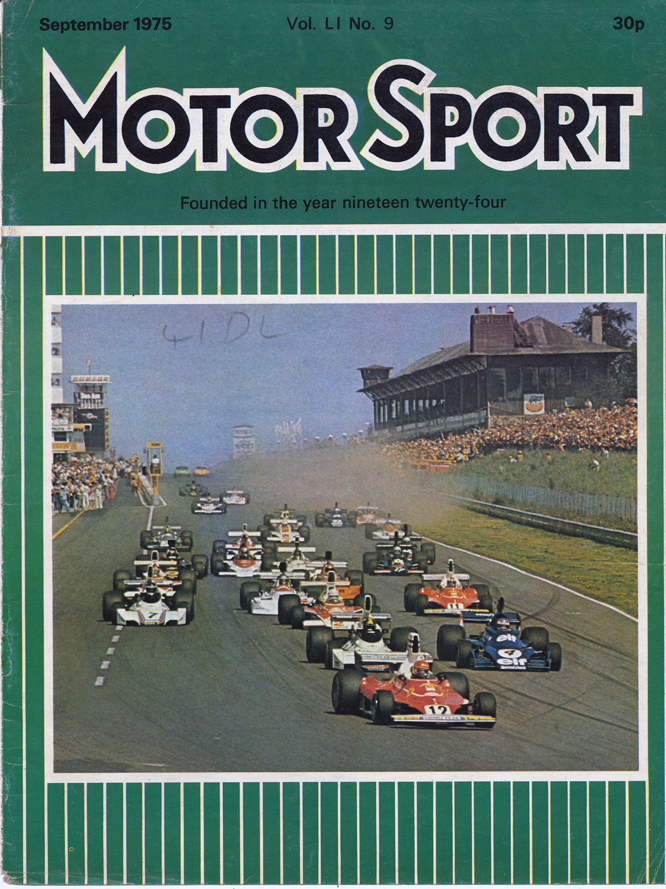
1975 was Niki Lauda’s first championship year in which he drove his Ferrari 312 T with a novel transverse gearbox to five victories. This front cover dated September 1975 features an image depicting Niki Lauda leading the field on opening lap of the 1975 German Grand Prix at the Nurburgring. Niki eventually finished 3rd in the race that was won by Carlos Reutemann in 5th place in the photo driving the Martini Brabham Cosworth BT44B
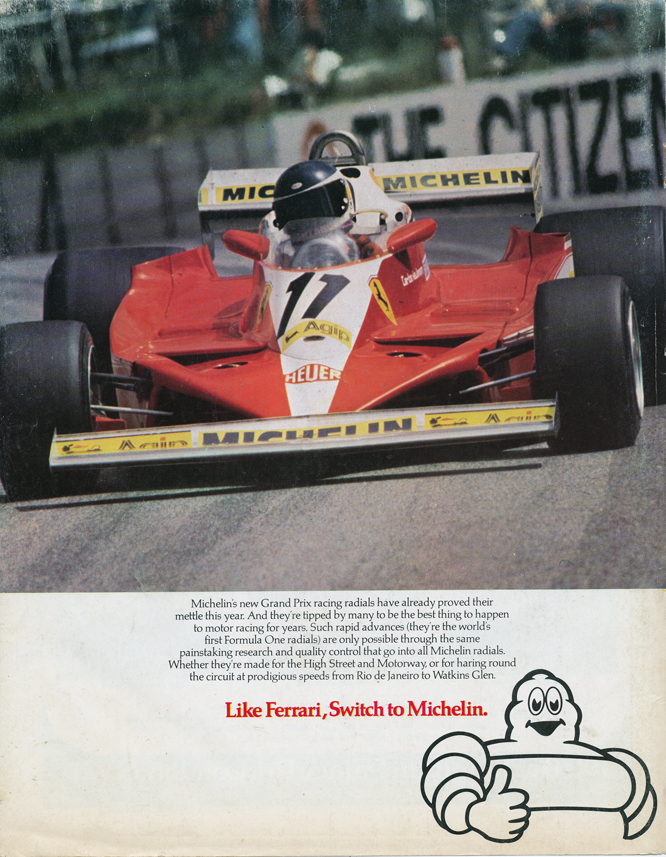
Finally, for this year at least, this Michelin Radial advertisement from 1978, features an image of Carlos Reutemann driving a Ferrari 312 T3 at what appears to be the South African Grand Prix at Kyalami, a race in which Carlos ironically spun off on oil dropped by his team mate Gilles Villeneuve on lap 55. The race was won by Ronnie Peterson driving a Goodyear shod Lotus 78 after an exciting last lap dice with Patrick Depailler driving a Goodyear shod Tyrrell 008.
At the time the advert was published Carlos had won the Brazilian and United States West Grand Prix in Michelin’s first full season in the top flight of motorsport. Reutemann would secure two more victories for the tyre manufacturer, that introduced radial tyres to Formula One in a partial season of competition with Renault in 1977. Gilles Villeneuve won his maiden Grand Prix at the final race of the season in Canada driving his Michelin shod Ferrari to give Michelin 5 wins from 16 championship races.
Thanks for joining me on this “3 Ferraris By Fury” edition of “Gettin’ a li’l psycho on tyres” I hope you will join me again tomorrow for the last in this months series of road vehicles painted with racing liveries, this one will be an MG as I have never seen an MG before, or since. Don’t forget to come back now !


